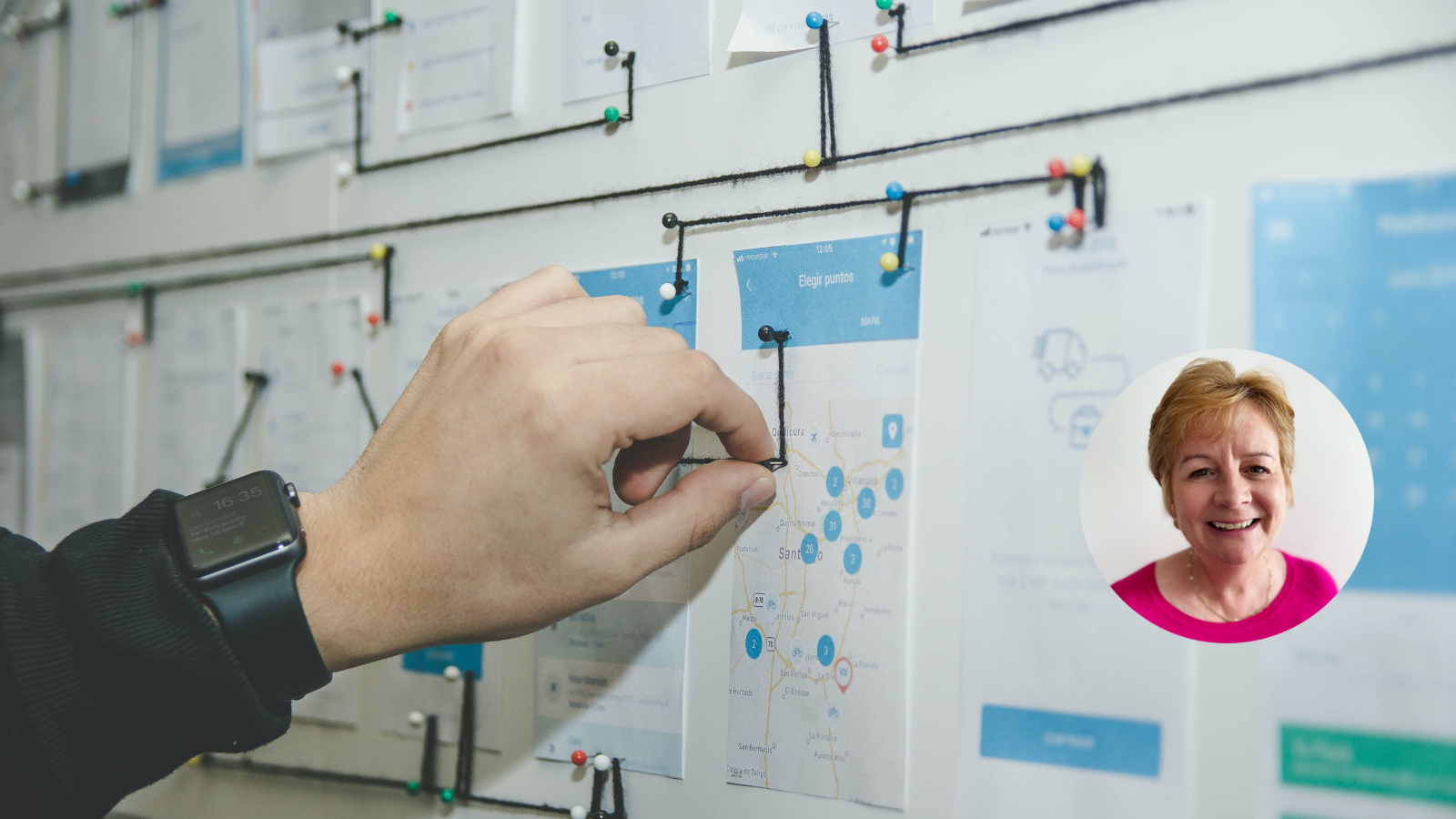Q: Where should you start with process mapping as you get ready to work with Autologyx?
Rachel Chambers: I think the first thing I would advise is that you have a clear understanding of your current “as-is” process. Whatever you’re planning, it’s key to understand the current process or the process you want to automate.
You’ll have to have a thorough understanding of each of the steps. Each of the pieces of documentation that are required. The messaging that is required. The people who are involved in that process. You cannot start until you’ve got all of that.
Map out the workflow on a nice PDF, Visio, or even an Excel spreadsheet.
Q: What’s missing in the process diagrams that you get?
Rachel: They’re often missing detail.
For instance, some document, notification, or info has to go off to a third party, where they confirm yes, that’s acceptable or not, or whatever the confirmation should be. It would be an issue if you missed that bit.
Or sometimes it’s how do we then go from here to there? You’ve missed that critical piece that the process relies on for getting to the next stage.
I always say that we need to know the process inside out to give them something better in Autologyx because if you don’t tell us all the detail, we can’t provide the benefit you’re looking for.
Q: Is it common for customers to leave stuff out?
Rachel: It often happens and is understandable, but we’re here to help.
Because you think you know that process inside out as the owner or user of it or whatever it is that you’re currently doing. You think you know it. But, when we start digging and asking questions, there are generally things that you sort of think, “Oh, I haven’t thought about that. Yes, actually it goes off here and we do such and such.”
Q: Is it because the person you’re dealing with is typically not the process owner, but they’re some manager type or is it even if you’ve got the process owner that they don’t realize everybody else’s part in the process?
Rachel: Yeah, I think both. The process owner quite often has a more global view of it, and they don’t know the detail, whereas the users are stuck in their little bit and don’t know the interactions that are going on, so they haven’t got that overarching view. And it’s getting both of those together at the same time that helps the process.
Q: Have you ever gotten a process map where you’re like? OK, this is really good. They really understand their process.
Rachel: I think some of the process maps that we get from one of our customers are very good because they have people who specialize in process mapping. They are always thinking about the process in swim lanes, so you always know who’s doing what and where the automation is. You know where the third parties are, who they are, and when they interact.
Q: Have you had to coach somebody to interview their people to get the process?
Rachel: I haven’t had to do anything like that for a long time. But in the past, what I did when we went through this exercise was to make customers break it down because they often didn’t have any documentation of the process, and I used to get them to think about the stages as tasks.
What needs to be done? Who needs to do it? When does it have to be done? All those classics: who, what, when, and why type questions. And the other thing that you must know is what are you going to produce and then realize that the process is going to be about that.
It’s not all about what’s going on in the process, it’s about what you want to get out of it. What does the management team, leadership, or business unit owner want to have out of this system? Understanding that helps with the implementation, so we don’t miss any outputs.
Q: What type of person either background or skills works best to do this type of work?
Rachel: Well, it must be somebody interested and have a certain intelligence. They’ve got to be able to communicate well and to be able to ask the right questions. It’s about looking at the process and understanding how it all fits together. But also, how you can change that process and use it to do different things.
Q: Thank you Rachel Chambers!
Rachel: Pleasure. I hope this was helpful.


